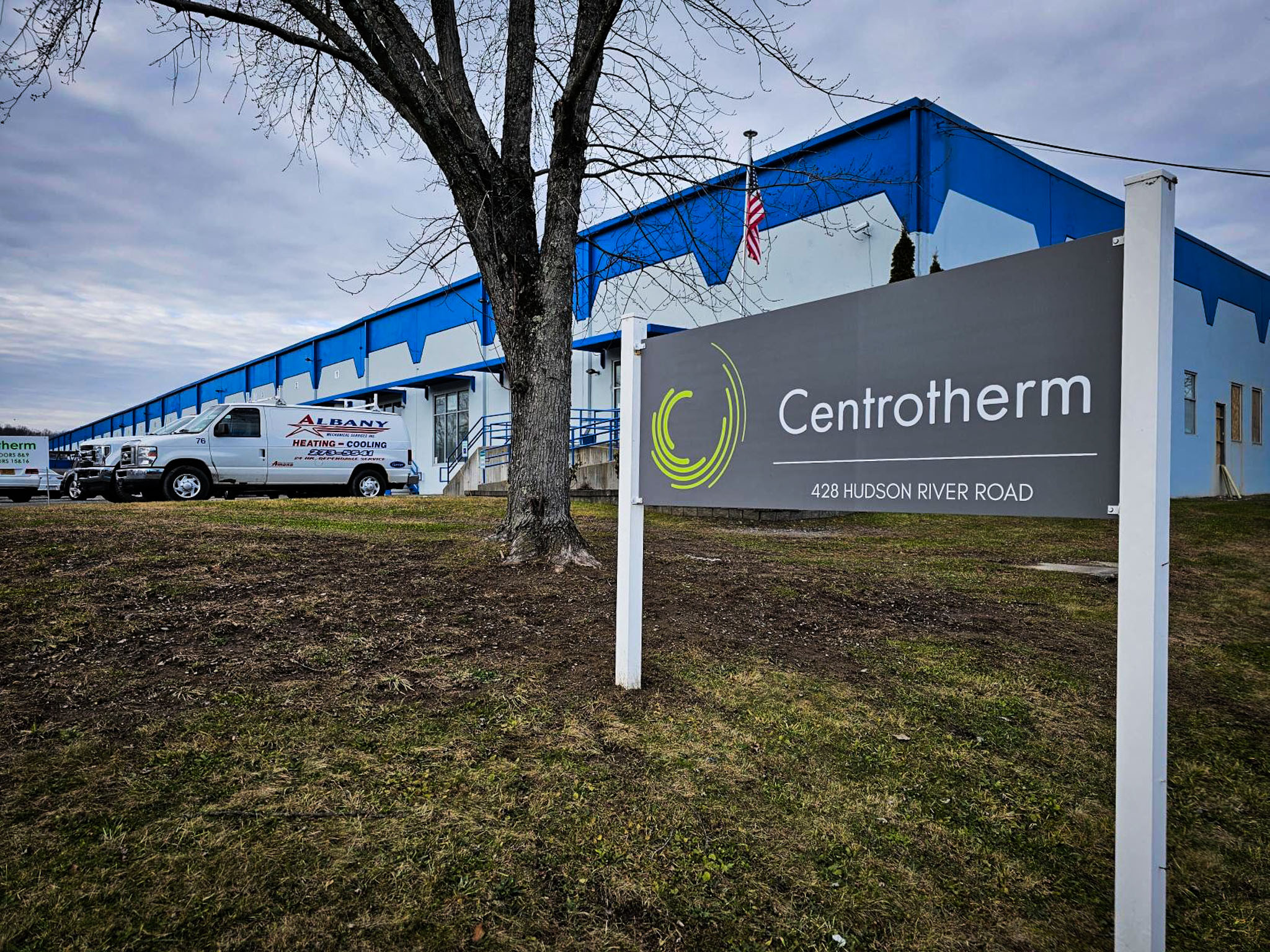Advice & Services
Everything you need to safely install InnoFlue® PP Vent Systems and Accessories.
Everything you need to safely install InnoFlue® PP Vent Systems and Accessories.

Stay in the loop with our latest product launches, behind-the-scenes team updates, new blog posts, and upcoming trainings. You’ll also be the first to find out what events we’re attending, and have a chance to win exclusive swag packs in our monthly newsletter!

InnoFlue® Single Wall, Flex, and Concentric Polypropylene Special Gas Vent Systems come with an industry-leading 10-year limited warranty, offering customers added peace of mind. As the first North American manufacturer of polymeric vent systems to provide such a comprehensive warranty, Centrotherm ensures professional installations are covered for material replacement in the event of defects.

Centrotherm offers VentBOM, a free tool for engineering and wholesale partners, to create safe and accurate vent systems with full schematics, 3D models, and a complete bill of materials.

The proper adaptor is a critical part of a flue gas vent installation. Download the Matrix and find the heating appliance by manufacturer, and model. InnoFlue is approved for almost 100% of high-efficiency water heaters, boilers, and furnaces. If you don't see a particular appliance, please get in touch with Centrotherm.

Centrotherm is BIM-ready, offering top-quality Revit and BIM files, as well as digital building models through our partnership with BIMobject. Explore our full Revit content library and discover BIM solutions built for precision, performance, and seamless integration into your projects.
.jpg?width=720&height=480&hash=HkU4qr23dHLihh1fGKTqwIdZtJhgsqQVrOcj3YUTmC0%3d)
Have a question or want to connect? Reach out to Centrotherm at our HQ in Waterford, NY. We’re here to help you!